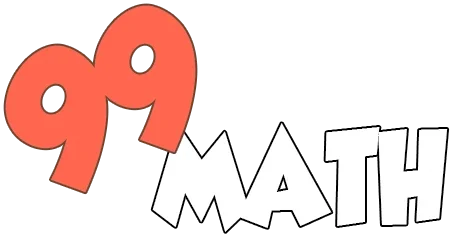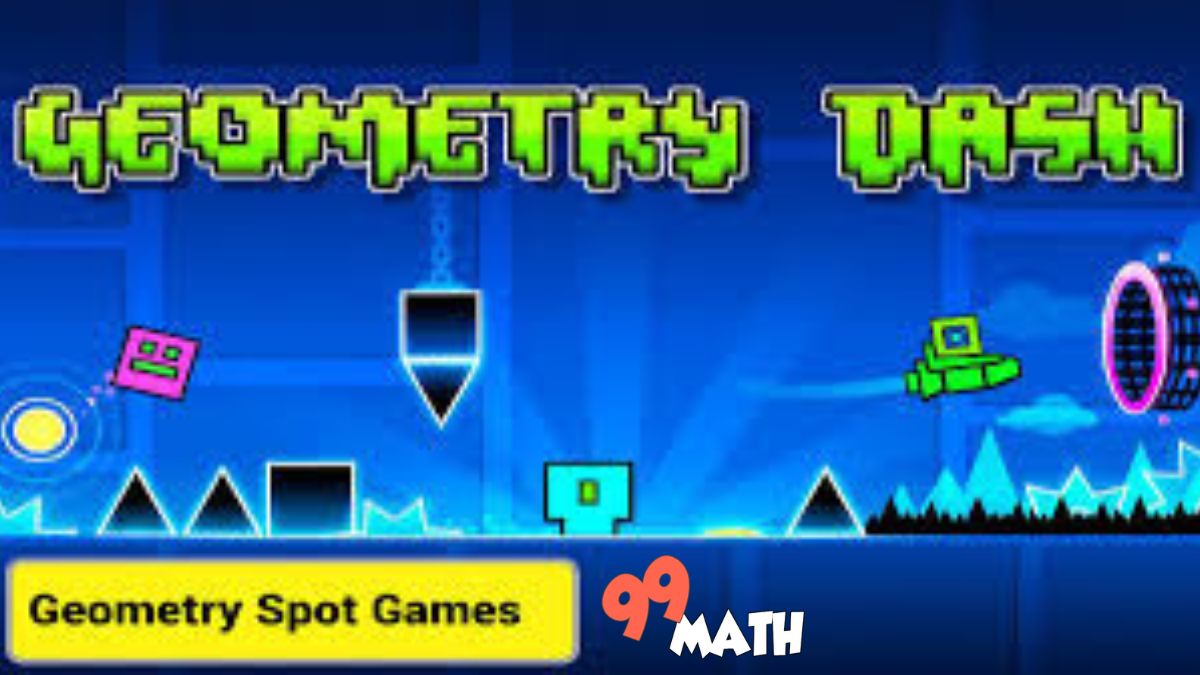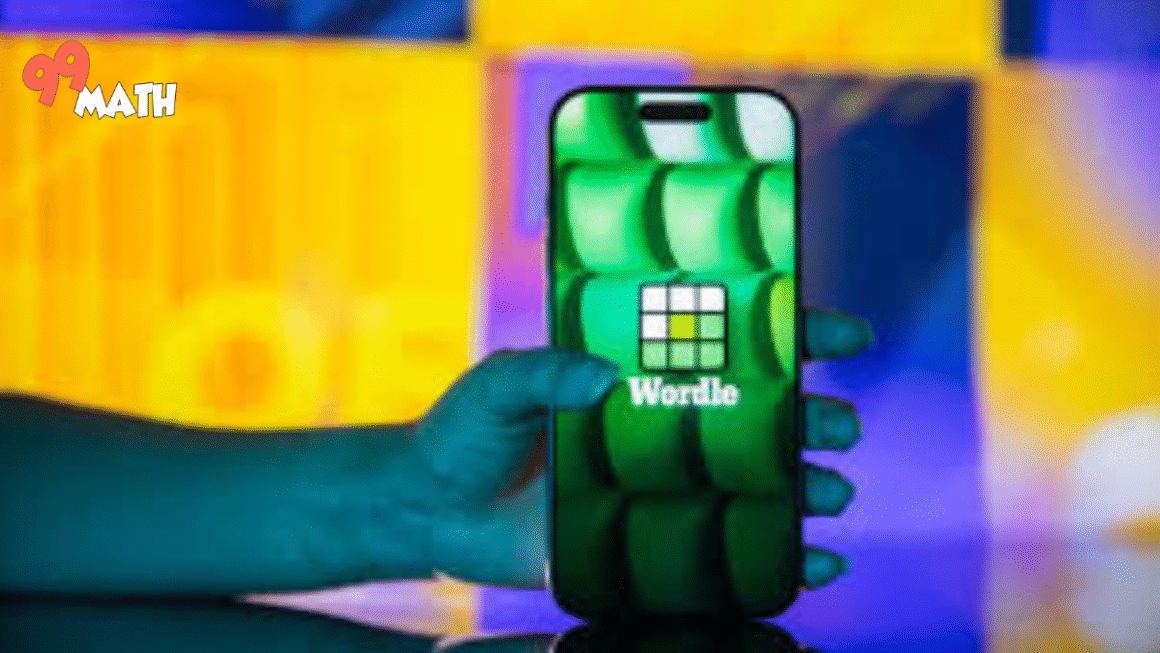Geometry Spot, the branch of mathematics that deals with shapes, sizes, and the properties of space, is a fundamental concept taught from an early age. But learning geometry doesn’t have to be dry or difficult. Thanks to platforms like Geometry Spot, students and educators now have access to a dynamic and interactive way of mastering this vital subject. Whether you’re a student eager to dive into geometry or a teacher looking for innovative resources, this guide will explore everything you need to know about and how it enhances the geometry learning experience.
Understanding Geometry Spot: A New Way to Learn Geometry
What Is Geometry Spot?
Geometry Spot is an innovative online platform that simplifies the way we learn geometry. It offers an interactive space for students to engage with mathematical concepts, from basic shapes to complex 3D figures. Designed with an emphasis on visual learning, t provides tools and resources that cater to both beginner and advanced learners. The platform allows users to explore geometry through interactive simulations, diagrams, and real-time problem-solving exercises, making learning fun and engaging.
The idea behind Geometry Spot is to create an environment where students can understand geometric concepts intuitively. By transforming abstract ideas into interactive models, helps students bridge the gap between theory and real-world application. Whether you’re learning about angles or trying to understand volume calculations for 3D objects, has a visual and interactive method to help.
Key Features of Geometry Spot
Geometry Spot is packed with features designed to enhance learning. Among the most notable are its interactive tools, such as virtual rulers, protractors, and compasses. These tools allow students to experiment with shapes and measurements in a way that was previously difficult in traditional classrooms. also includes animated lessons that explain complex concepts step-by-step, helping students understand the rationale behind geometric principles.
In addition to its visual aids, Geometry Spot offers a library of geometry tutorials, from basic shapes and angles to advanced topics like coordinate geometry and calculus-based geometry. The platform’s ability to allow students to create and manipulate shapes fosters a deeper understanding of the subject. With, students not only learn how to calculate areas and volumes but also experience the dynamic nature of geometry through digital exploration.
Exploring the Core Concepts of Geometry at Geometry Spot
Points, Lines, Angles, and Planes
At the core of geometry are fundamental concepts like points, lines, angles, and planes. Geometry Spot excels at breaking down these concepts into bite-sized lessons with interactive tools that help students visualize them. Students can drag and drop points on the screen, create lines, and explore the relationships between angles in different configurations. This hands-on approach makes it easier for learners to grasp these foundational ideas.
For example, the platform might show how changing the angle between two intersecting lines affects their relationship, or how the position of a point on a plane can change the coordinates of a line. By manipulating these elements, students gain a better understanding of how geometry works in two dimensions, and how simple principles are built upon as the subject advances.
Polygons and Circles
Geometry Spot goes beyond simple points and lines to tackle polygons and circles. The platform provides users with tools to experiment with different polygon types, such as triangles, squares, and hexagons. Through interactive diagrams, students can explore properties like side lengths, angles, and symmetry. also offers an in-depth exploration of circles, helping students understand radius, diameter, circumference, and area.
One of the most engaging aspects of Geometry Spot is the way it lets students explore geometric properties dynamically. For example, a student might be able to manipulate a triangle to change its shape and observe how the internal angles change, helping them internalize the idea of angle sums in polygons. These visual aids simplify complex theorems, making abstract ideas like Pythagoras’ theorem or the formula for the area of a circle more tangible.
3D Geometry: Solids and Surfaces
Geometry Spot doesn’t just stop at two-dimensional shapes; it also offers resources for exploring 3D geometry. Understanding three-dimensional objects like cubes, spheres, and pyramids can be challenging, but brings these shapes to life through 3D visualizations. Students can manipulate these solids, rotate them, and observe their properties from different angles.
Additionally, Geometry Spot includes tools for calculating the volume and surface area of 3D objects. This feature is invaluable for students looking to apply their knowledge to real-world problems in engineering, architecture, and design. Interactive tools allow users to enter dimensions and see the corresponding changes in volume and surface area, making abstract formulas more practical.
Coordinate Geometry and Graphs
As students advance in their studies, geometry evolves into the realm of coordinate geometry. Geometry Spot provides intuitive tools for plotting points and shapes on the Cartesian plane, helping students visualize geometric relationships in a coordinate system. The platform offers interactive exercises that allow students to explore equations of lines, circles, and other shapes, making it easier to understand concepts like slopes, distances, and midpoints.
With Geometry Spot’s graphing tools, students can manipulate coordinates in real time, visually seeing how changes to the equation affect the graph’s shape and position. This hands-on approach reinforces the link between algebra and geometry, demonstrating how the two subjects work together to solve problems in higher mathematics.
How Geometry Spot Enhances the Learning Experience
Interactive Learning Tools and Activities
One of the standout features of Geometry Spot is its interactive learning tools. These tools allow students to engage actively with the material, rather than just passively reading or watching lessons. For example, the virtual protractor enables students to measure angles directly on their screen, while the dynamic ruler helps with creating precise straight lines. By providing these digital tools, fosters a more engaging and hands-on approach to learning geometry.
The platform also offers a range of interactive activities, such as solving geometry puzzles and applying geometric principles to real-world problems. These activities reinforce the concepts learned in the tutorials and provide students with practical experience in solving geometry-related problems.
Real-Time Problem Solving and Feedback
Another major advantage of Geometry Spot is its ability to provide real-time problem-solving and feedback. Students can complete interactive exercises and receive immediate feedback on their performance. If a student makes a mistake, the platform highlights the error and offers suggestions on how to correct it. This instant feedback loop is invaluable for reinforcing learning and ensuring that students master each concept before moving on to the next.
For students who prefer self-paced learning, this feature is especially beneficial. It allows them to revisit problematic areas, practice more, and gain confidence in their abilities without feeling the pressure of time constraints or traditional classroom settings.
Applications of Geometry Beyond the Classroom
Geometry in Engineering, Architecture, and Design
Geometry is everywhere in the real world, especially in fields like engineering, architecture, and design. From constructing bridges and skyscrapers to designing intricate gadgets and digital interfaces, geometric principles are essential. helps students connect the dots between classroom learning and real-world applications by showcasing how geometric concepts are used in professional settings.
For instance, students can explore case studies that highlight the role of geometry in designing efficient structures, creating CAD models, or even in artistic endeavors like 3D modeling and animation. By providing real-world context, motivates students to learn and see the value of what they’re studying.
Career Paths That Use Geometry
Mastering geometry opens up a world of career opportunities. Fields such as architecture, civil engineering, graphic design, and computer science all rely heavily on geometric principles. Geometry Spot not only helps students build a solid understanding of geometry but also serves as a gateway to future careers. By developing spatial awareness and problem-solving skills, students are better prepared for the demands of these professions.
Furthermore, understanding geometry fosters logical thinking and analytical skills, which are essential in almost every career. helps nurture these skills, preparing students for a wide range of career paths that demand precision and creativity.
Conclusion
Geometry Spot is an invaluable resource for students, educators, and anyone interested in mastering geometry. By combining interactive tools, visual aids, and real-time feedback, it makes learning geometry more engaging, intuitive, and effective. Whether you’re just starting to learn about basic shapes or diving into advanced topics like coordinate geometry and 3D figures, offers a comprehensive solution for all your geometry learning needs.
By integrating interactive learning with real-world applications, not only enhances students’ understanding of geometry but also prepares them for future success in both academic and professional settings. If you’re looking to master the world of shapes and spaces, Geometry Spot is the place to start.
Also Read: 99math.site




